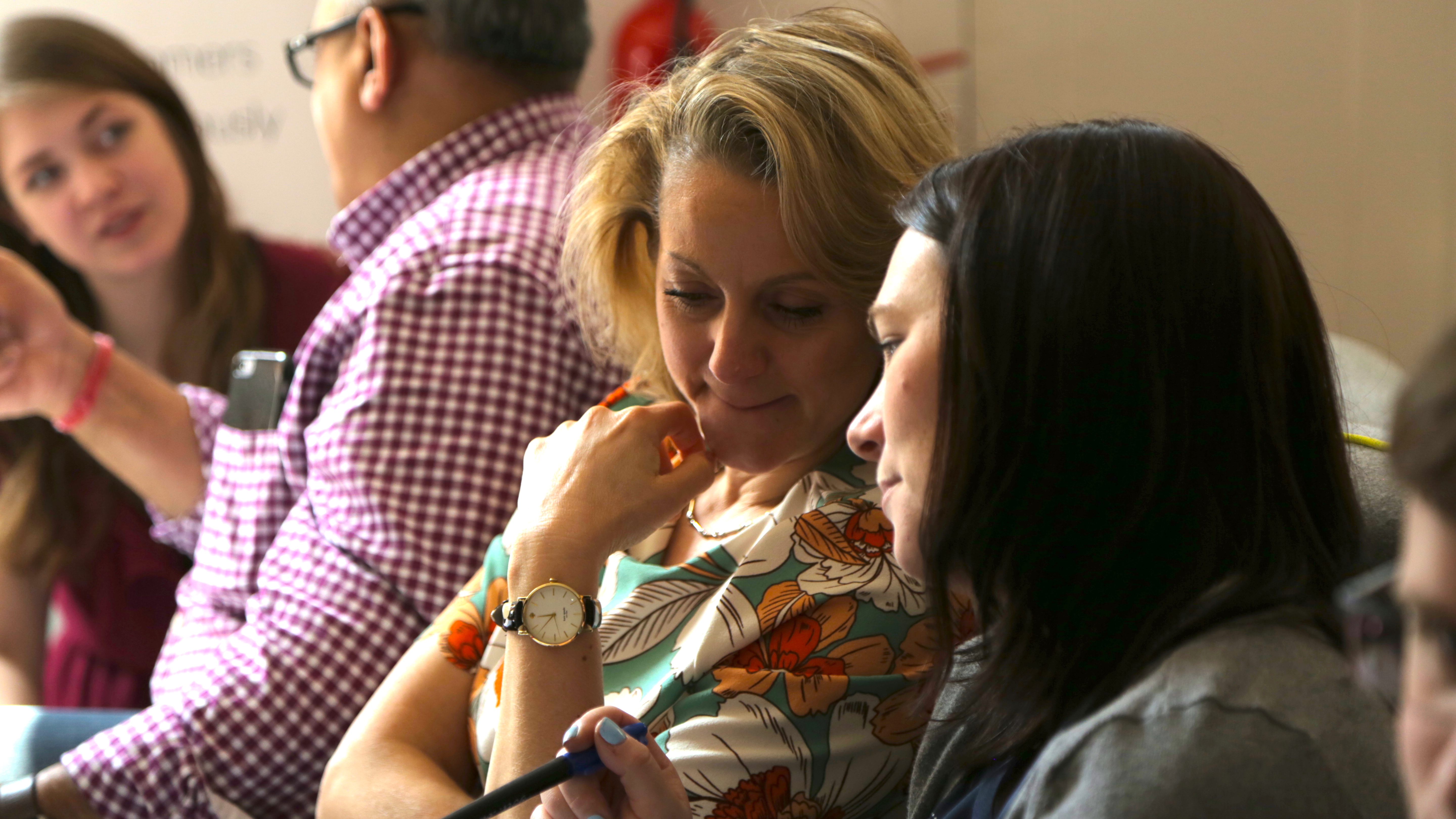Change people, not organisations
About 70% of change intiatives fail. Which is strange because people change all the time. The problem is how we think about change, and the stories we tell ourselves – stories which shake our confidence, dampen our motivation and make us feel like we haven’t got a clue what to do.
The notion of ‘organisation change’ is a nonsense that we readily accept as true. In fact, ‘organisation change’ is a myth. Like ‘culture change’ it is a hefty, scary, abstract term that few people can really explain in any tangible way. Let’s think about it differently then. Change is actually about people forming new habits and dropping rubbish old ones. When groups of people are driven by the same purpose, that habit change happens collectively; and when a big enough mass of people do things differently, ‘things’ start to change – including ideas, conversations, reputations, products, services, technologies and results.
So if you want to change an organisation – you first have to change people.
Yet the problem with people is that we’re wired to be weird – by which we mean that humans habitually do things that are unhelpful to us, just because they’re familiar. Because we think rationally we think we behave rationally. But we don’t. We’re driven by our emotions and that complicates the application of the best laid strategies and plans.
Here’s how that plays out when it comes to change:
Leading change or responding to change well requires motivation, confidence and know how. But change in itself triggers anxiety, lethargy or frenzy and intellectual meltdown. This is the change paradox:
- Motivation is intrinsic, yet the reason or mandate for ‘organisation change’ is mostly extrinsic
- Confidence requires believing and acting from your strengths and a shared purpose, and trusting others to do the same. Which demands understanding, acceptance and collaboration. And we’re not always very good at that.
- Know-how requires continuous interest, openness and learning (i.e. failing fast and trying again… which is tricky for that ego). But change is really tiring and can cause cognitive overload, physical and emotional exhaustion and an overwhelming desire to go back to the good old bad days.
Being able to maintain a state of motivation, confidence and know-how amongst the critical mass is the foundation for changing an organisation. But most change programmes only take care of the thinking and doing. There’s also a need to take care of the feeling and meaning. That way, people can harness their own motivation to change.
Typically people do their best to get the change know-how (or at least the know ‘what’) and stop at that, thinking that once we’ve ‘got our head around’ the change, we’ve done all the learning we need to do. We haven’t. We also need to get our heart and soul around the change. That takes more effort. You have to start with ‘why’.
For people to sustain positive change, they need to connect their own meaning to the change and really feel the desire or determination to make a success of it. It can’t be imposed. But communication and reassurance can.
To build the confidence needed to sustain change takes a collective effort to communicate openly, celebrate strengths, embrace failure and try again.
Can we fix it? Yes we can…
Actually, that’s not true. We help people fix it for themselves – to change for themselves, for each other, for society, for… whatever – it’s their change. But we facilitate the process through discovery, learning, engagement and communications.
Here’s how we go about it, step by step:
- Define the problem to fix or the ambition to achieve – the tangible ‘from – to’ state
- Assess organisation skill, will and commitment to change
- Find and communicate the ‘way in’, a universal purposeful hook, to shift people’s openness to think another way about change…
- Facilitate the know-how needed to build confidence and change behaviour – unlearn to relearn
- Pave the way by changing the environment to allow for a smooth transition
- Coach leaders to ‘find their why’ and teach them to tell a great change story – to the become the person others want to walk along side
- Engage the masses – and keep on engaging until you’re habitually achieving the new normal
- Measure and enjoy the remarkable results
At NKD we believe in creating platforms that help people achieve their goals, dreams and potential. When it comes to business transformation or small scale change, we work with you to capitalise on the positive wave of emotion and purpose that exisists within your people, so that they achieve remarkable results for your organisation.
All change can be tough, and lots of us are facing digital transformation this year, see how we tackle it by checking out our new microsite.

